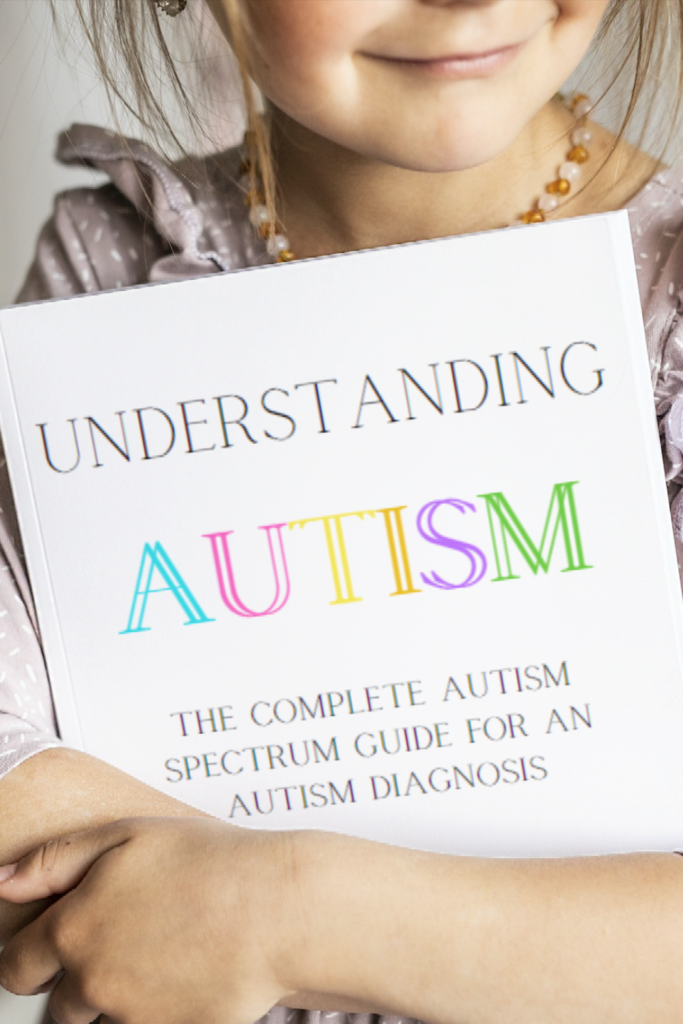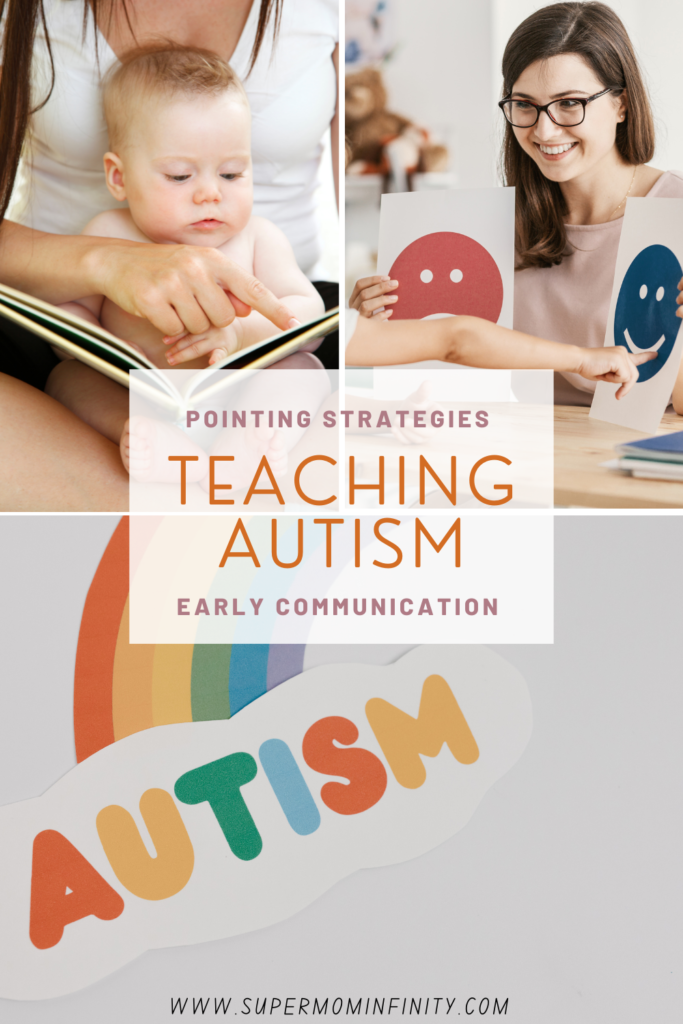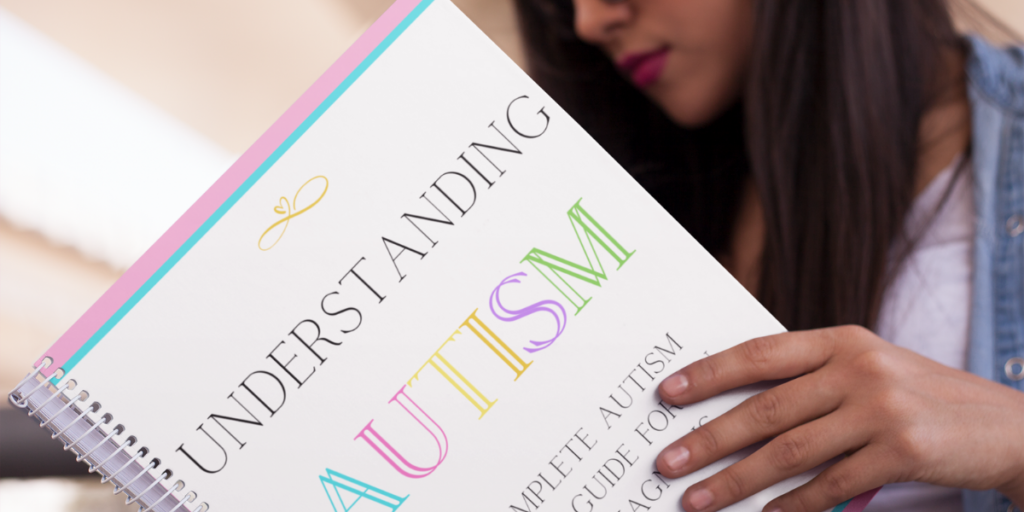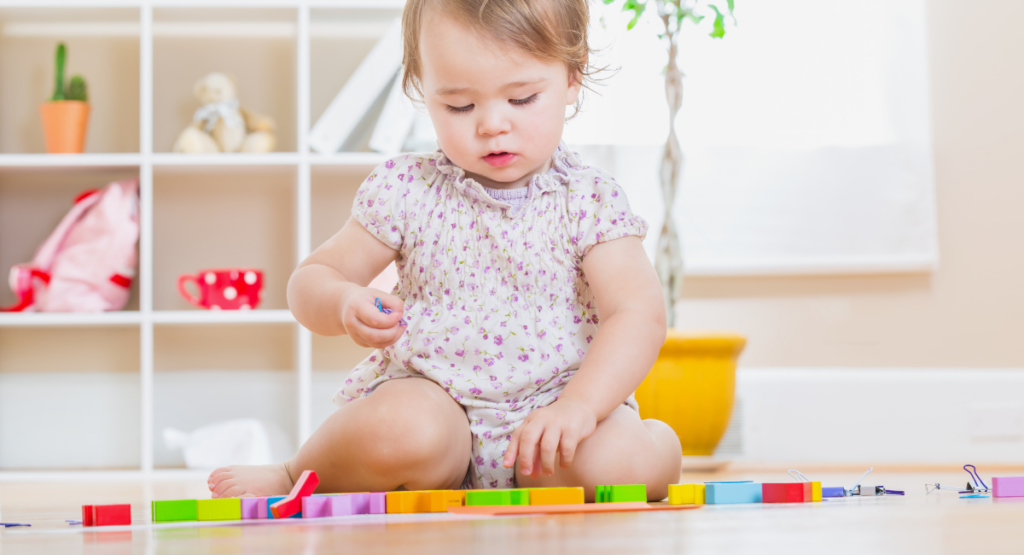
Teaching Children with Autism How To POINT
Teach Pointing Skills to your child as early as possible. Children with Speech and Language Delays, Special Needs and Autism benefit from developing his or her pointing skills in their early years of childhood development. Pointing is a form of communication. However, many Autistic children are noted having a speech and language delay which prevents or delay their communication development. Pointing is one of the best Early Childhood Developmental strategies you can being teach your baby as soon as possible.
SuperMomInfinity participates in the Amazon Services LLC Associates Program, an affiliate advertising program designed to provide a means for sites to earn advertising fees by advertising and linking to Amazon.com. Please read my Disclosure for more details.
- Teaching Children with Autism How To POINT
- Why Pointing Skills are so Important in Earl Years?
- Pointing Skills for Early Communication Development
- When Should I Teach My Child How To Point?
- How to Encourage Pointing for Children with Autism
- Teach Your Child How to Point Step by Step
- Developing Pointing Skills Part #2
- Pointing Activities for Children with Autism, Speech
- Toys To Encourage Pointing Development
- Benefits of Teaching Babies How to Point
- Teach Pointing Skills to Your Child ASAP
Why Pointing Skills are so Important in Earl Years?
Let’s be really – there are billions of words in the world, and we sometimes assume our child knows most of them. If I ask my daughter to get the book of the table and bring it to me, I assume she will be able to recognize the book and the table then bring me the book. Right? Nope! Wrong! My daughter never heard the word book nor saw a book, so how can I assume she knows what the book and table are? I can’t, I have to teach her both. This is prime for our early learners to develop pointing skill early in life!!!

Pointing Skills for Early Communication Development
Encouraging your little one to point is an exceptional way to develop communication skills. Seeing them communicate with their little fingers is the cutest thing ever. However, children with speech and language delays may easily grasp the concept of pointing to communicate his or her needs, wants and more.
When Should I Teach My Child How To Point?
Pointing skills are needed not only for children on the Autism Spectrum but beneficial for all little developers (babies). Concluding – Pointing Skills are beneficial for all children and starting early can definitely save you time if future finds of a speech and language delay arise. Recommending parents to implement these strategies consistently for early development.
All Babies develop at a different pace. Your little one may start pointing at 6 months and mine may begin to point at 14 months. On average babies begin to point between 6 to 15 months. Their little brains are working so hard to absorb information retrieved on a daily basis. As your baby becomes more familiar with objects, images, sounds and faces they will start to retain information.
He or she will also want to express and demonstrate the information they have observed, heard, etc. However, if your child has a speech/language delay or on the Autism Spectrum he or she may have difficulties expressing and demonstrating his or her needs and wants. This will result in lack of communication for your child.
If you child is experiencing a lack of communication in his or her early years, he or she may become frustrated, isolated when they are unable to social integrate with others, communicate with other and even express their wants and needs. Think about it. If no one understood what you were trying to say or express, how would that make your feel? So, when is the best time to teach your child pointing skills? ASAP!!!

How to Encourage Pointing for Children with Autism
- Limit Distraction
- Focus on one to two at a time
- Show
- Tell
- Demonstrate
- Assist
- Repetition
- Challenge
- Always Praise
Teach Your Child How to Point Step by Step
You will be provided a Step-by-Step Guide on How to Teach Pointing Skills to your Child with Autism, Speech Delays and or Special Needs!!!
Your little ones are on a daily adventure learning and discovering new things. Point skills can be difficult to establish as babies. This guide was initially created for my toddler. At age two she was diagnosed with Autism and a Speech Delay. Pointing became more than just a finger in the air. It was her voice and an action we have been patiently waiting for. Sharing the tools create to encourage her pointing skills is an honor to share with you.
Step#1 Show an Image or Object
You will show one image or object to your child. One item at a time is a very important strategy that removes additional distraction leaving your child to focus on that specific item. Too many things at one can be very overwhelming for the child.
Step#2 Say the Image or Object’s Name
You are introducing something your child may not be familiar with. Saying the Name of the item encourages the name of the item to register in your child’s brain. Keep it simple and only say the name of the item.
For Example: “Ball”. Repeat the Name a few times without adding the color, size, etc. of the ball. The additive such as the color of the ball and size can be included at a later time.
Step#3 You Point
As your saying the name of the item, you will also point to the item at the same time. Now your child hears the name of the item and visually see what the item is.
Step#4 Wait for Participation
Give your child time to register what you have just said and showed. After repeating the word and pointing to the image/object you may see your child attempting to make a sound or movement to the image/object.
Step#5 Assist with Pointing
Now you can say the image or object and use your child’s little finger to point to the item. This is called assist with demonstration. You will manually move your child’s finger to the item, reassuring your child that the name of the item your saying goes with the image or object they are pointing at.
Step#6 Return Demonstration Request
Here is where you want to see demonstrations from your child that he or she is grasping the concept of pointing. You can simply say the word “ball.” You also want to wait for a response. Read your child’s body language to observe any attempt of understanding by the child. He or she may try to say the word, beginning sound and even point to the ball. If they attempt this shows you that your child is trying. Trying will not look perfect in their early years but it’s definitely satisfied to see their achievements.
Step#7 Praise Your Child
Always praise for participation which can be observed by your child just simply following the image with his or her eyes to actually pointing/saying the image/object’s name.
Part #1 Step-by-Step Guide is a repetitive guide you are encouraged to implement frequently with just one image/item at a time.
You can also utilize these strategies throughout the day with realistic images, during outdoor times and within any environment. Just remember to keep the focus by pointing to one image/object at a time. An example will be during outdoor time and you both see a car, you will say the word car and point, observe your child’s eyes and body language for understanding.
Developing Pointing Skills Part #2
After a ton of practice, you are ready to challenge your child’s memorization, understanding, and identification skills.
Challenge Your Child’s Pointing Skills
- Have two objects or images present.
- Say only one of the two
- Repeat multiple times
- With more questions and statements about the dog
- Once they look in that direction praise (verbal)
- Once they point to the dog reward (physical)
At this point of the challenge, you may either get a Point or actual word from your little one.
Pointing Activities for Children with Autism, Speech
Practicing fine motor development with fun, interactive toys and learning resources will encourage your child to develop their fine motor skills and succeed in these areas. Here is a selection of fine motor toys and resources that we favor and highly recommend for childhood development and pointing resources for children with autism.
TODDLER/PRESCHOOL LEARNING BINDER
Your little one’s fine motor skills are still developing. Their little hand and wrist muscles are strengthening daily, and hand coordination is on the rise. With tons of practice and encouragement you will see significant results in no time.

Toys To Encourage Pointing Development
Here’s a custom list of toys for babies, toddlers and preschools that targets early childhood development and are perfect for children with Autism!!!
- 0 to 6 Months Toy Guide
- 6 to 12 Months Toy Guide
- 1 Year Old Toy Guide
- 2 Year Old Toddler Toys Guide
- 3 Year Old Toys
Benefits of Teaching Babies How to Point
The benefits of teaching your baby how to point encourages your little one to express his or her wants and needs. Their little finger is their voice during early years of development!
#1 Communication Development
Pointing in early years is your child’s way of communicating and letting you know the things your child wants and needs. Your child may even use pointing skills to get your attention to look in that direction.
#2 Cognitive Development
Your little one will begin to think, understand, and identify the pointing strategies you will implement withing the learning process. He or she will begin to comprehend how powerful pointing is for them. They will use pointing as a natural instinct to communicate with you.
#3 Social and Emotional Development
Social and emotional development through pointing encourages the development of joint attention. Your child will hear a word and point to the image or follow the speakers finger in the direction of the pointer.
#4 Fine Motor Development
Mastering a one finger point is the goal of a perfect pointer. However, this takes time and is not required in earlier years. We are not looking for a perfect pointer. We are developing skills to communicate with our hands. The goal is to practice pointing, whether it’s a full hand, finger or fist, your little one is using his or her fine motor skills to communicate at an age-appropriate level.
#4 Encourage Choice Making
Pointing is another alternative to communicating needs and wants. Babies are grasping new information daily and begin to share their understanding and interest through pointing.
The benefits of pointing are expressing communication skills, understanding, memorization and identification.
The baby pointing guide is not only great strategies for your babies Development but also very beneficial for children with speech and Language delays. Autism and children with special needs can benefit from this resource as well.
Teach Pointing Skills to Your Child ASAP
You should see pointing skills develop naturally. However, it is almost second nature for parents to demonstrate this action. Pointing for babies may be displayed with an index finger, the whole hand, and even seen using the fist. These pointing skills are progress and will develop more accurately as your child practices pointing. Best practice for developing a form of communication for your child is to practice as early as possible meaning day one of their beautiful little lives.
Understanding Autism: Create Your Personalized Autism Manual with The Free Autism Resource Guide
Understanding The Autism Spectrum Disorder within Your Child The Autism Resource Guide for Parents caring…
The Best Speech and Language Toys For Toddlers
Top 10 Speech and Language Developmental Toys Toys for toddlers are fun and exciting essentials…
The Best Autism Toys Guide for Autistic Children
Toys for Autistic Children: Autism Toys Guide Your Autism Toys Guide is here to guide…



